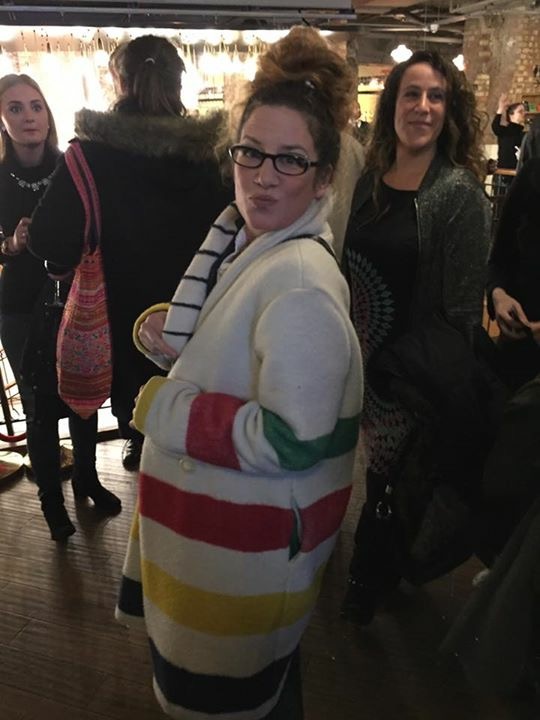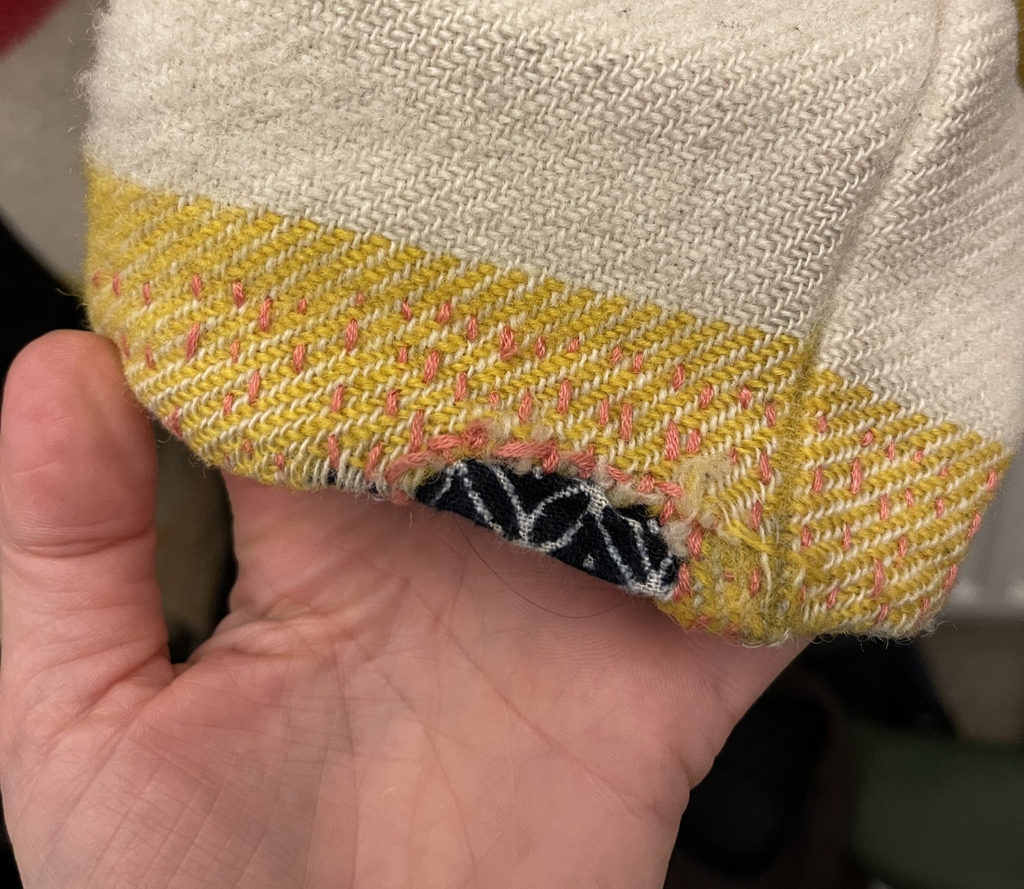Christmas break
I’m continuing to avoid doing anything for my MA…. which isn’t great… Instead, I’ve been reading (currently ‘Remainder’ by Tom McCarthy) and learning how to darn socks. If you were given cashmere socks for Christmas, you should learn how to darn socks, too, cos those things will have holes in them after about 3 wears – though if you NEVER walk anywhere in them, even from the bed to the loo, you might get 5 wears out of them.
Sock darning tutorial:
Galaxy Brain -> Swiss darning tutorial:
I am very keen on the idea of ‘visible mending’ and think this is something that, if you haven’t already encountered it, you should start to think about. It isn’t good enough anymore to just chuck out those cashmere socks that you were given for Christmas when they get a hole in them. You should try to extend their life, at the very least, before you throw them out and replace them.
Same with your clothes:
Same with ceramics:
Several years ago, I made myself a coat out of a Hudson Bay blanket. I’d found a new, 8 point – UK superking size – blanket on eBay for £150. It was so cheap (they go for 3-4 times that in the UK) I bought it, but then it sat in my cupboard for years unused. As a kid, I’d worn my grandmother’s Hudson Bay coat that she had as a little girl and when I grew up, I always wanted one… I decided that rather than sit in my cupboard, I’d attempt to make my own coat.
Though I knew how to sew, I’d never made a coat before. Nor had I made anything where I had to line up the pattern of the fabric perfectly. It took me ages to lay out the pattern on the blanket before I made a single cut… I’d chosen a simple pattern and it turned out great.
From the first time I wore it, I kept getting people on the street commenting on it. Once a Canadian guy riding his bike down a busy road stopped and came back to me to talk about my coat! I always say ‘I made it!’ With pride. It’s been an endless source of both warmth and joy to me ever since.
I’ve had it for 6 years now. I wear it ALL THE TIME from October to April. One of my cuffs wore out last spring, so that there was a hole in it. I decided to do a visible repair of it.
I’m going to keep repairing it forever. If it wears out more, I can add more sashiko patches to it. It if gets a stain on it, I can embroider something over the stain.
The idea of visible mending comes from the Japanese philosophy of wabi-sabi: https://www.omaritani.com/blog/wabi-sabi-philosophy-teachings
“Wabi-sabi is a concept that motions us to constantly search for the beauty in imperfection and accept the more natural cycle of life. It reminds us that all things including us and life itself, are impermanent, incomplete, and imperfect. Perfection, then, is impossible and impermanence is the only way.”
Visible mending shows the history of the object. The idea is to not only repair, but to highlight its cracks, breaks, holes, flaws and stains. It forces you to think that something that has been damaged shouldn’t be discarded because it is no longer perfect, but instead it is just passing through time, acquiring ‘experience’ and this should be celebrated. It reminds us that the pursuit of perfection only leads to upset, frustration, sadness, despair. We should aim to see the beauty and transcendence in imperfection.

